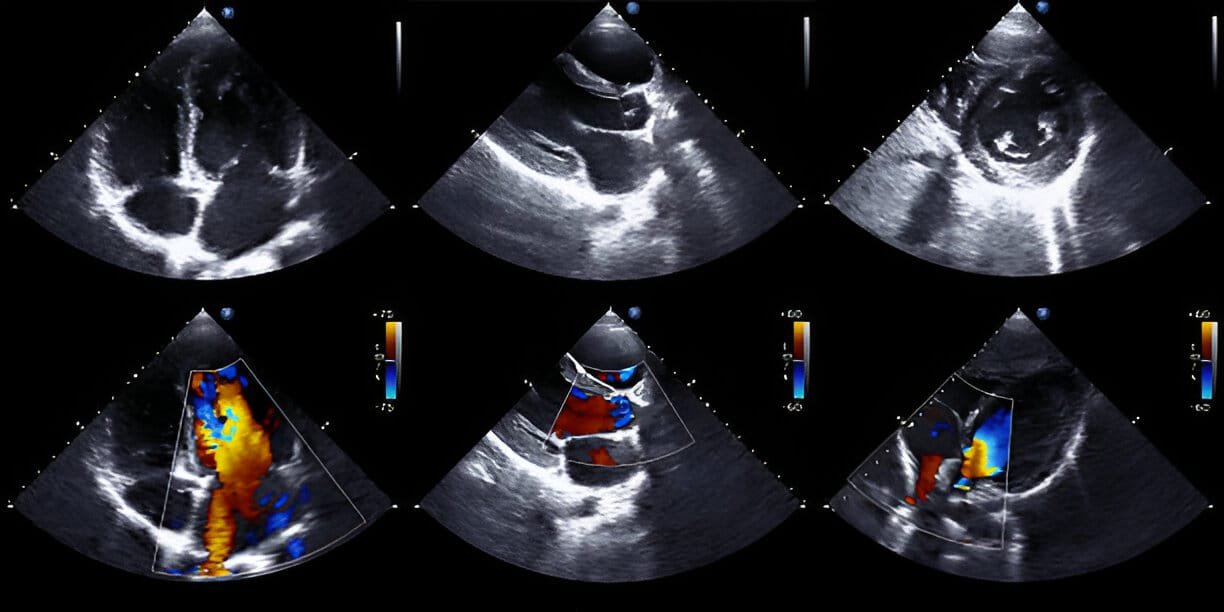Treatments

A 2D echo test, also known as two-dimensional echocardiography, is a heart imaging test that is non-invasive. This means that for this test, no external tool is entering the body or breaking the skin. The procedure uses ultrasound waves to create accurate images of the heart and its parts. The 2D echo test helps doctors evaluate the condition of heart chambers, valves, blood flow and much more. Here is everything you need to know about the echo 2D test if you or your loved ones consider getting it done.
The 2D echo test uses a non-invasive method to get a clear image of the heart and its components. Since the procedure is non-invasive, one does not have to worry about any cuts or tools entering the body. X-rays, CT scans, MRIs, ECGs, Holter monitoring, Ultrasounds, Blood tests, and Urine tests are all non-invasive forms of medical testing.
This imaging procedure helps doctors detect abnormalities and monitor heart conditions. The test used high-frequency sound waves to generate real-time, moving images of the heart.
The 2D echo test is not only non-invasive but is also a painless and quick procedure. It usually takes anything between 20 minutes to 60 minutes to complete the test. It is also cost-effective and shows a clearer picture when compared to tests like ECG or X-ray.

The echo 2D test uses ultrasound technology to create real-time images of the heart’s structure. This means that the patient is not exposed to radiation. Hence, the test is also repeatable as the risks associated with the procedure are minimal.
No preparations are needed before taking this test. You can simply make an appointment and get the test done as per the doctor’s recommendation.
However, it is better not to eat and drink a few hours before the test as a full stomach might disrupt the result.
Before starting the echo test, you will lie down, and the technician will attach electrodes to the test.
A technician performs the 2D echo test. During the test, a get is applied to the chest, after which a transducer (a handheld device) is placed. This device sends ultrasound waves that bounce off the heart, which are then converted into images on a monitor and can now be assessed.
The technician will move transduces on the chest so as to generate the image from different angles. You might be asked to switch your position or hold your breath.
These are real-time images that provide information about the size and shape of the heart, its pumping strength, valve health and the overall functioning of the heart. From these images, doctors can identify associated abnormalities.
Since it is a non-invasive procedure, it is painless and can be quickly evaluated.
The 2D echo test enables doctors to assess the heart’s chambers, valves, blood flow, and other critical functions. It evaluates overall heart performance, diagnoses valve issues, detects blood clots and structural abnormalities, identifies congenital heart defects, and reveals any fluid buildup.
A normal echo report ranges between 50% to 70%. This indicates how well the heart is pumping the blood.
With extensive experience and a reputation for excellence, Atrius Cardiac Care is dedicated to offering top-tier healthcare solutions. Our team of highly skilled cardiologists provides the most effective and comprehensive care to ensure your heart stays healthy.
If you or a loved one needs a consultation for a 2D Echo Test or other cardiac services, don’t wait—book your appointment with Atrius Cardiac Care today. Let us help you take proactive steps toward a healthier heart and a better quality of life.